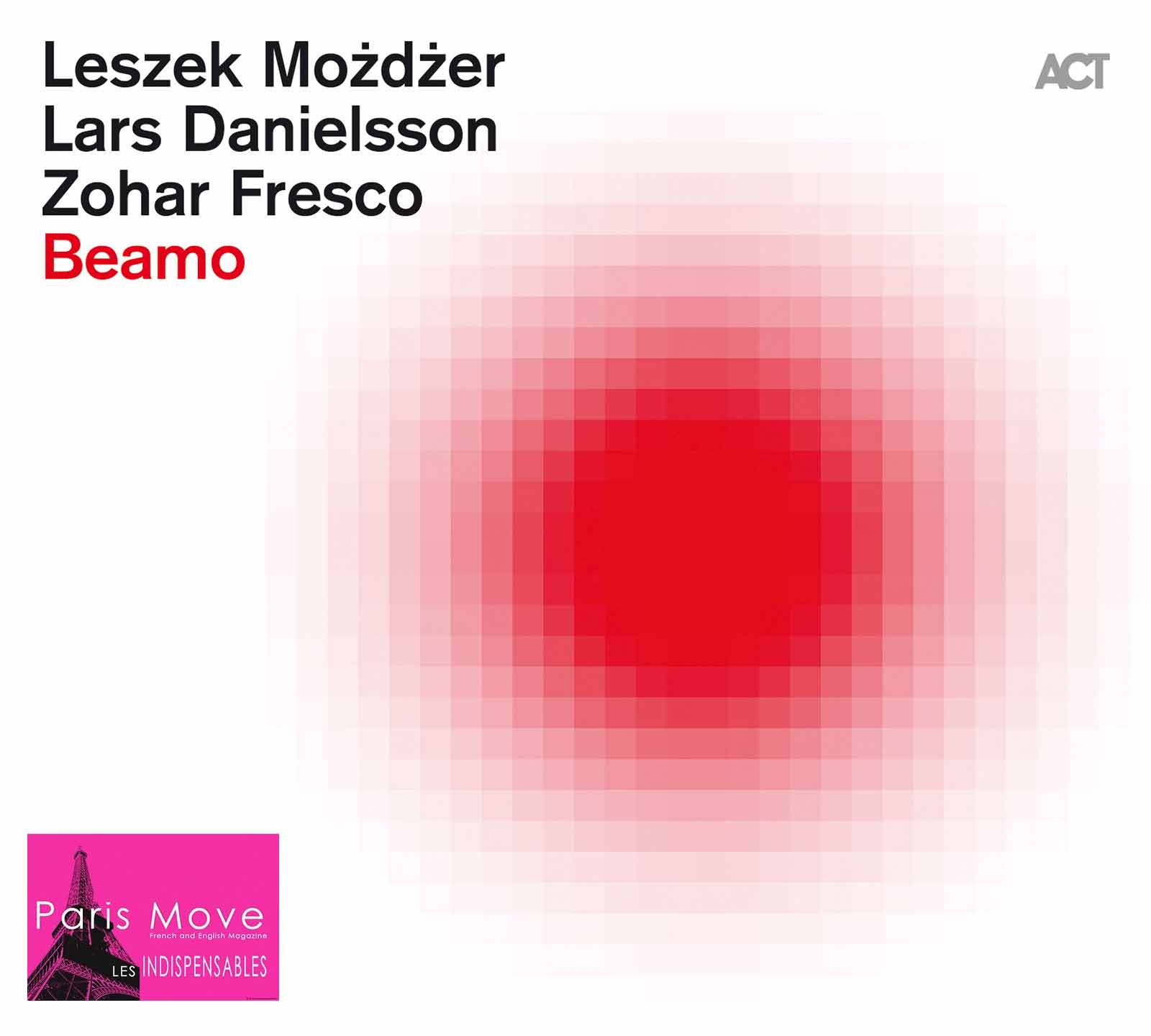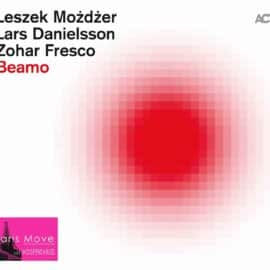| Jazz |

Another Magical Trio from the ACT Label
Once again, the ACCT label brings us a magical trio, with Lars Danielsson—one of my favorite European musicians—at the heart of it all. His remarkable body of work and extraordinary talent as an arranger allow him to transcend genres, and here again, he serves as the vital link between East and West. Leszek Możdżer’s often intricate piano playing finds itself in a setting where he can reveal yet another facet of his musical universe—a most welcome prospect. Meanwhile, Zohar Fresco seems to set the pulse, shaping both the compositions and rhythms, drawing the listener into an enthralling journey.
This is far from their first venture together. Back in 2004, when Możdżer, Danielsson, and Fresco performed for the first time in Warsaw, few could have predicted that this trio would become one of the most enduring and celebrated ensembles in European jazz. Now, twenty years later, they return with Beamo—an album that not only reaffirms their mastery but also boldly opens a new chapter in their musical odyssey.
According to Leszek Możdżer, the album’s title is “a game, a code, leaving the listener to decipher its hidden message… It could reference the Latin word amo, symbolizing love, or beam, evoking a ray of light. It is an enigma, a multidimensional manifesto—and the shortest poem imaginable.”
Each track on Beamo tells its own distinct story. In Kurtu, deliberate detuning creates an emotional tension, while Ambio Bluette explores tonal duality through Możdżer’s interplay between his left and right hands. Catusella pays homage to Danielsson’s iconic composition Asta from the trio’s first album, The Time, blending two differently tuned pianos in a harmonious dialogue.
Make no mistake—this album is crafted for a discerning audience. Exploring its every nuance requires a keen ear, for it is rendered all the more complex by both its sophisticated arrangements and the bold direction Możdżer has taken here: at the heart of Beamo lies an extraordinary tonal experiment. Możdżer redefines the conventions established by 17th- and 18th-century masters such as Bach and Rameau, breaking free from the equal temperament system that divides the octave into twelve equal intervals. While this system has shaped music for centuries, Możdżer challenges its limitations, calling it a “painful pixelation of music, reduced to twelve obligatory tones.”
For Beamo, he employs three grand pianos, each tuned differently: one at the modern standard of A = 440 Hz, another at A = 432 Hz, and a third in a decaphonic tuning, dividing the octave into ten equal intervals. Rather than rejecting tonality, this approach reinvents it, creating a harmonic instability that is at once intriguing and profoundly beautiful.
This “decaphony” acts as a thread woven throughout the album, and for those unaccustomed to such varied and adventurous soundscapes, it may at times prove disorienting. Yet, the sheer depth of musicianship here is bound to transport the listener far beyond conventional musical boundaries. The challenge that certain moments of the album may present is likely to become all the more evident in a live setting. For many, the true joy will come from experiencing this trio in concert—an encounter that will allow one to fully appreciate the album by reliving its most intense moments with renewed wonder.
An essential addition to any collection, this album is destined to become one of those rare gems you’ll cherish with pride.
Thierry De Clemensat
USA correspondent – Paris-Move and ABS magazine
Editor in chief Bayou Blue Radio, Bayou Blue News
PARIS-MOVE, February 26th 2025
Follow PARIS-MOVE on X
::::::::::::::::::::::
